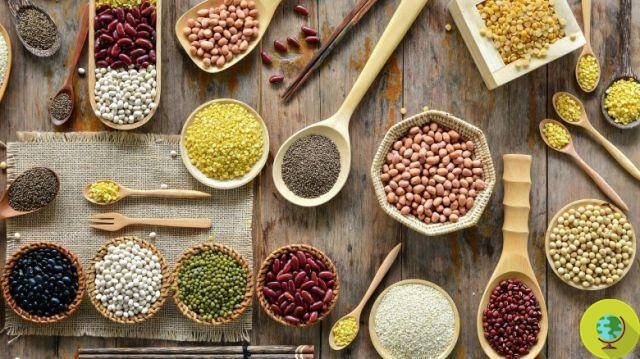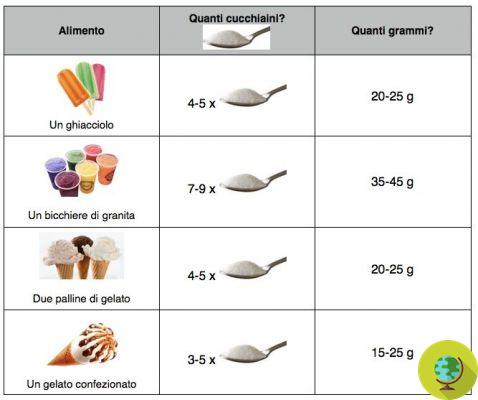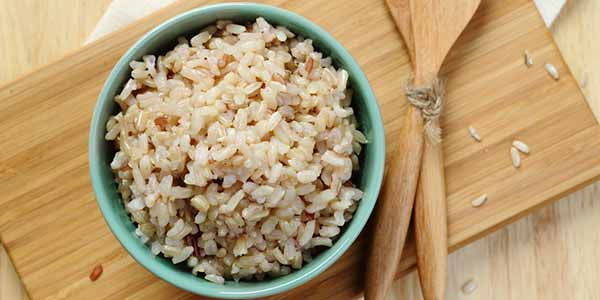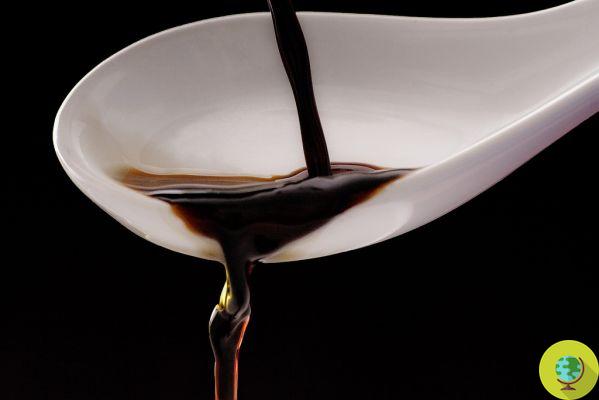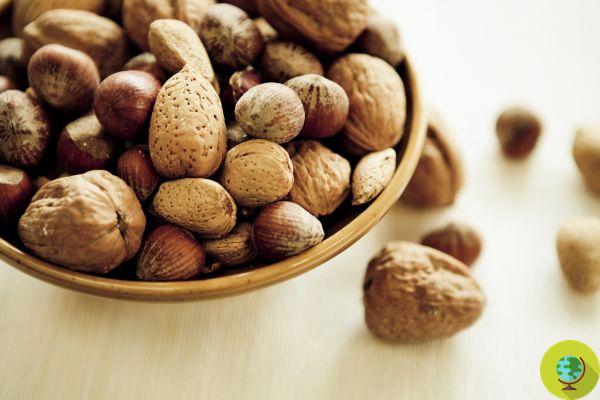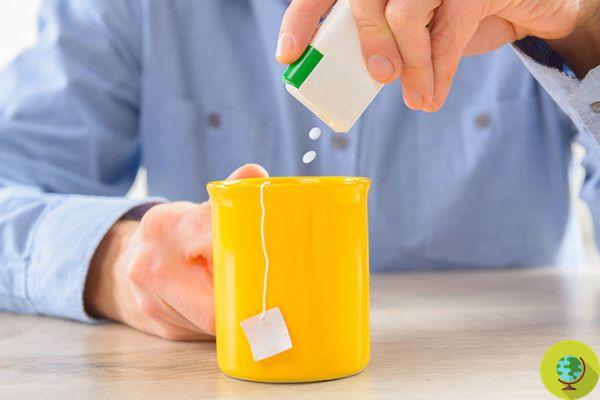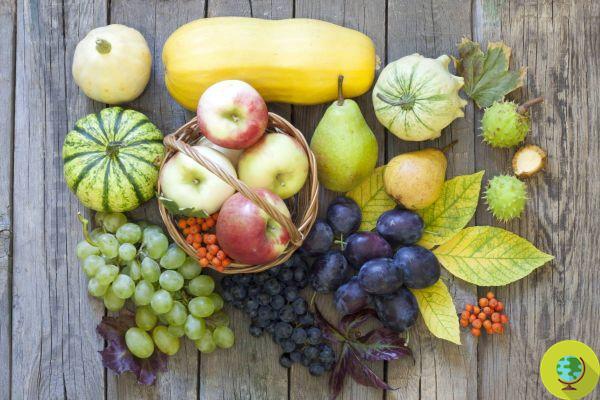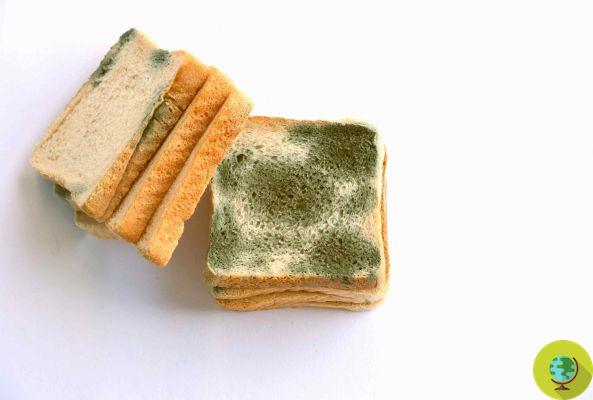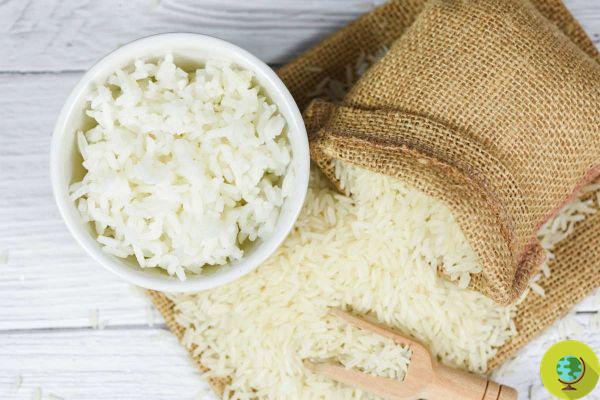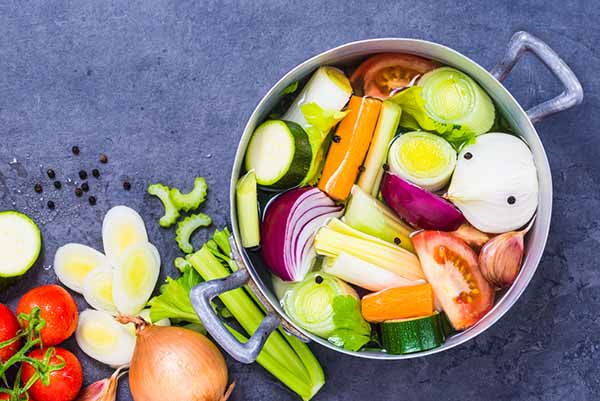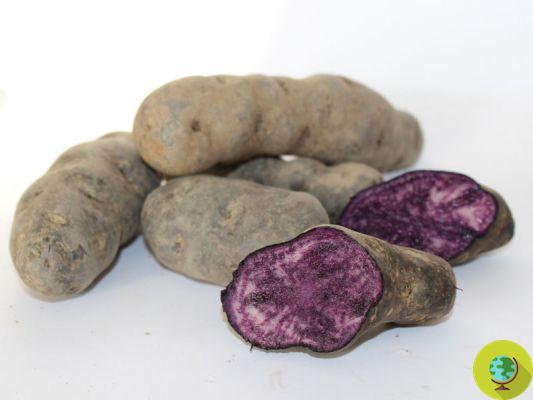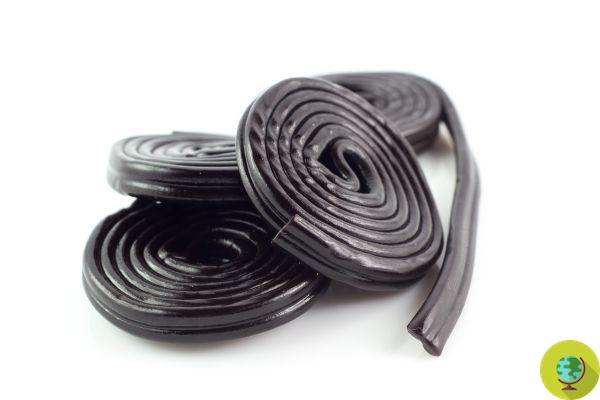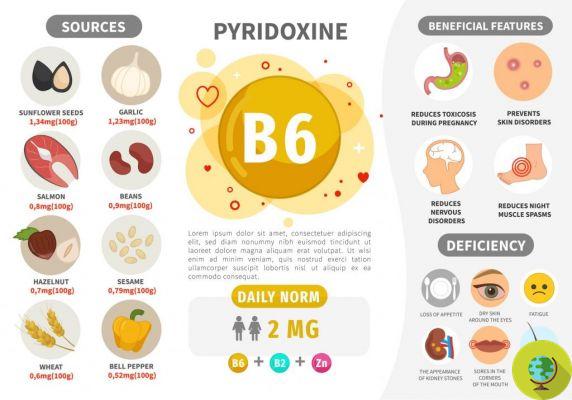
Vitamin B6, also known as pyridoxine, is part of the B vitamins. This group is made up of 8 vitamins that work synergistically to help convert the foods we eat into energy. Our body needs these vitamins to function properly.
Don't store avocado like this: it's dangerous
La vitamin B6, also known as pyridoxine, is part of the B vitamins. This group is made up of 8 vitamins that work synergistically to help convert the foods we eat into energy. Our body needs these vitamins to function properly.
Together, the B vitamins promote the functionality of the nervous system and protect the health of eyes, hair, liver and skin. Vitamin B6 is available in a wide variety of foods and also appears to play an important role in heart health and in preventing colorectal cancer. Let's see what are the main benefits of vitamin B6 and thanks to which food sources we can take it.
Index
Vitamin B6 reduces cardiovascular risk
A overt deficiency of vitamin B6 it is considered rare, but it could still cause serious health consequences. A vitamin B6 deficiency, which is accentuated with alcohol intake and drug addiction, can increase the risk associated with increased cardiovascular disease. Therefore a correct intake of vitamin B6 could protect the heart. But more studies will be needed to confirm this.
Vitamin B6 prevents colorectal cancer
Among its many functions, vitamin B6 acts as a coenzyme for dozens of biochemical reactions that help the body to keep us healthy. The researchers of the Karolinska Institutet in Switzerland collected a series of data from previous studies to investigate the association between vitamin B6 intake and / or blood levels of this vitamin and reduced risk of colorectal canceror. Higher blood levels of vitamin B6 could prevent this type of cancer. Researchers will delve into the topic. The study in question was published in The Journal of the American Medical Association in March 2010.
Vitamin B6 can help protect vision
Elevated blood levels of homocysteine are associated with an increased risk of macular degeneration. Vitamin B6 and other B vitamins help to decrease homocysteine levels and to safeguard vision. Also folic acid and vitamin B12 are useful for reducing any high homocysteine levels.
Vitamin B6 protects the brain
Vitamin B6 is known for its importance in protection of the brain and nervous system. In particular, it is believed that it can protect brain function and prevent disease Parkinson andAlzheimer and degenerative diseases of the central nervous system in general. It is also considered useful for depression, mood disorders, PMS and chronic headaches.
How to take vitamin B6
How take vitamin B6? First of all, the intake of this vitamin occurs through food. This vitamin is water soluble. In case of vitamin B6 deficiency, it is necessary to restore the correct levels on a daily basis, through food first and if necessary also by resorting to supplements, based on the doctor's instructions.
The Food and Drug Administration indicates that the daily value of vitamin B6 to be taken normally is equal to 2 milligrams. Depending on your health problems or deficiencies, it could be necessary a higher level of intake of this vitamin. Symptoms of vitamin B6 deficiency include dry skin, dry hair, difficulty concentrating, irritability, insomnia and visual disturbances.
Food sources of vitamin B6
Le food sources of vitamin B6 really numerous gift. Among the foods of animal origin we find chicken and turkey meat, salmon and seafood, liver, eggs, milk and cheeses. However, vitamin B6 is not only present in foods of animal origin. We find it in fact in foods of plant origin, for example in vegetable like beans and lentils, in dark green leafy vegetables, such as spinach, in carrots and in wheat-based products, with particular reference to whole wheat, bran and al wheat germ. They are also sources of vitamin B6 potatoes, cabbage, fresh fruit, like bananas, melons and avocado, chestnuts and green beans.
Marta Albè
Read also:
Viramina B12: what are the safe sources?
Vitamins: all the properties and foods that contain more of them
Folic acid: foods that contain the most




